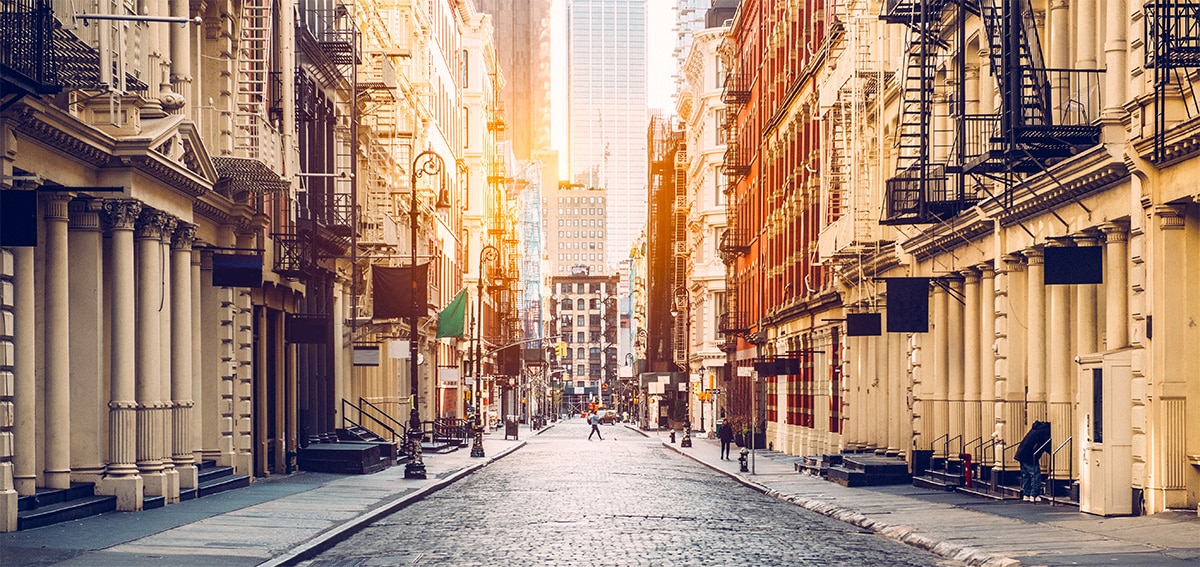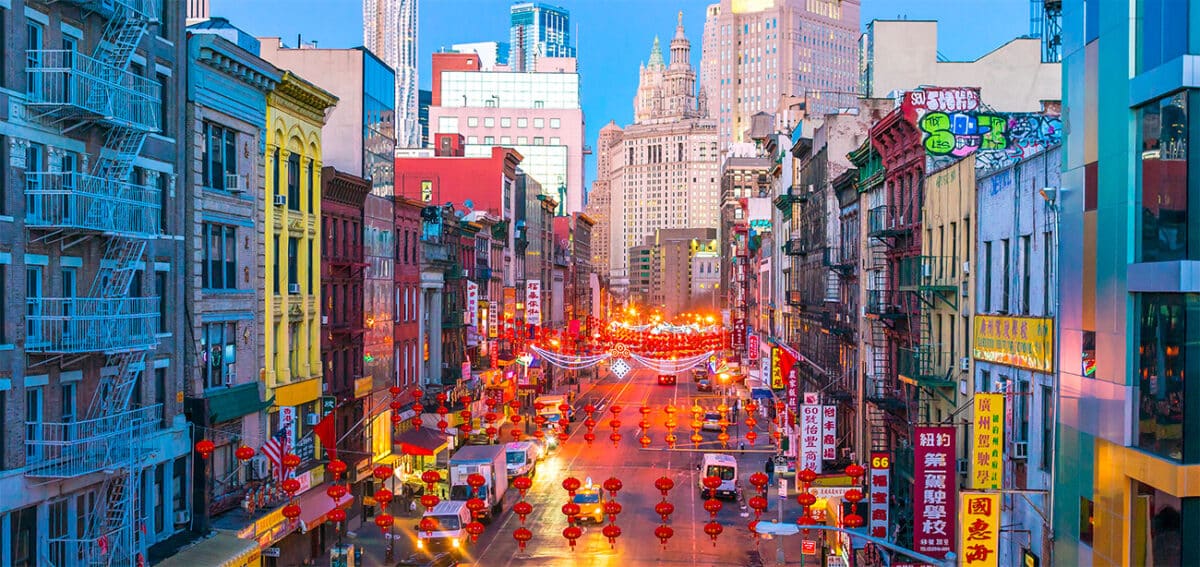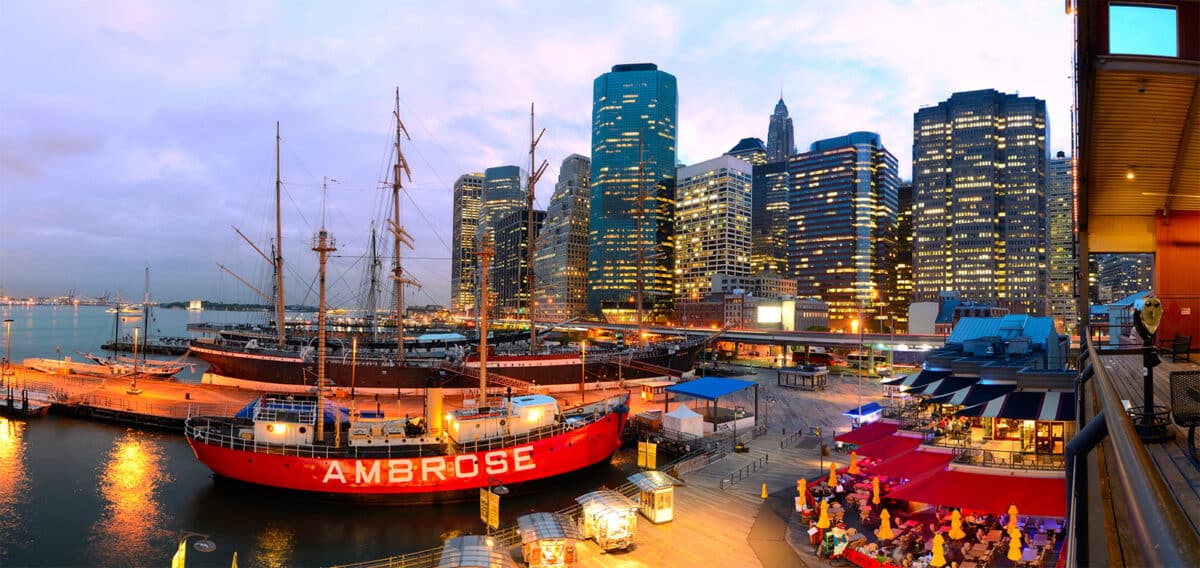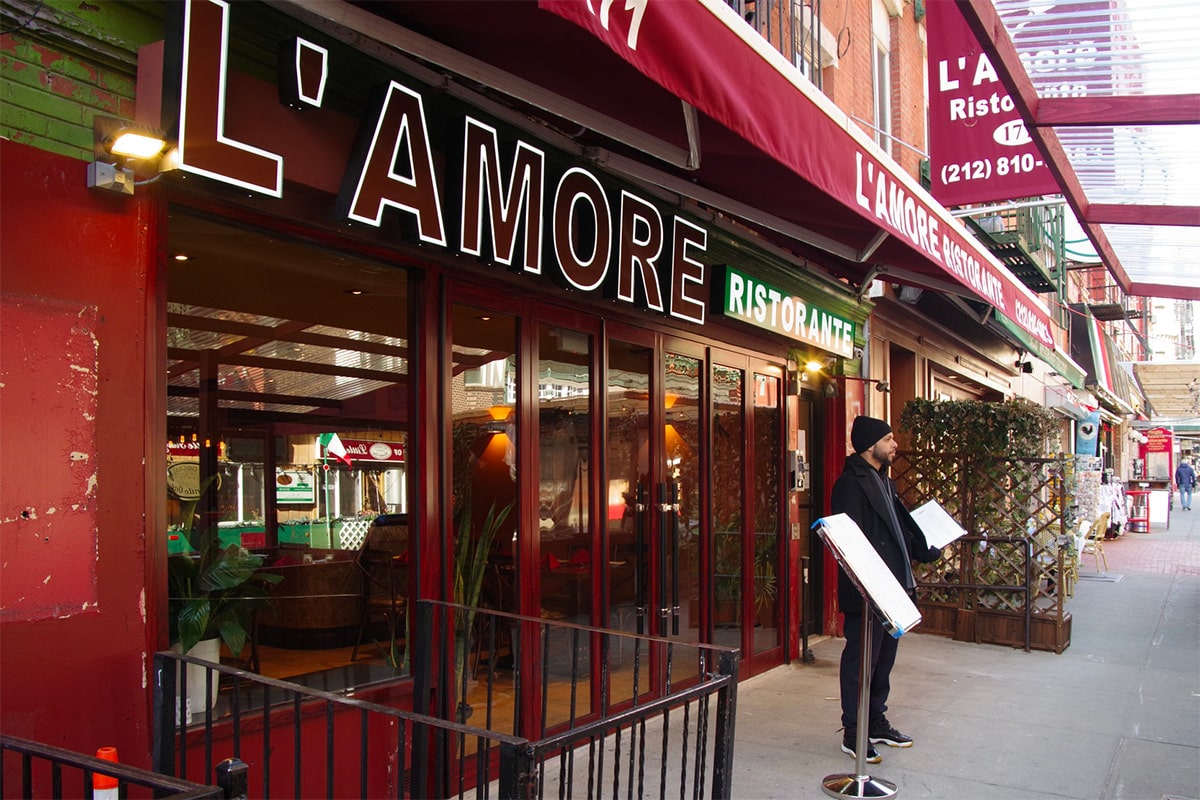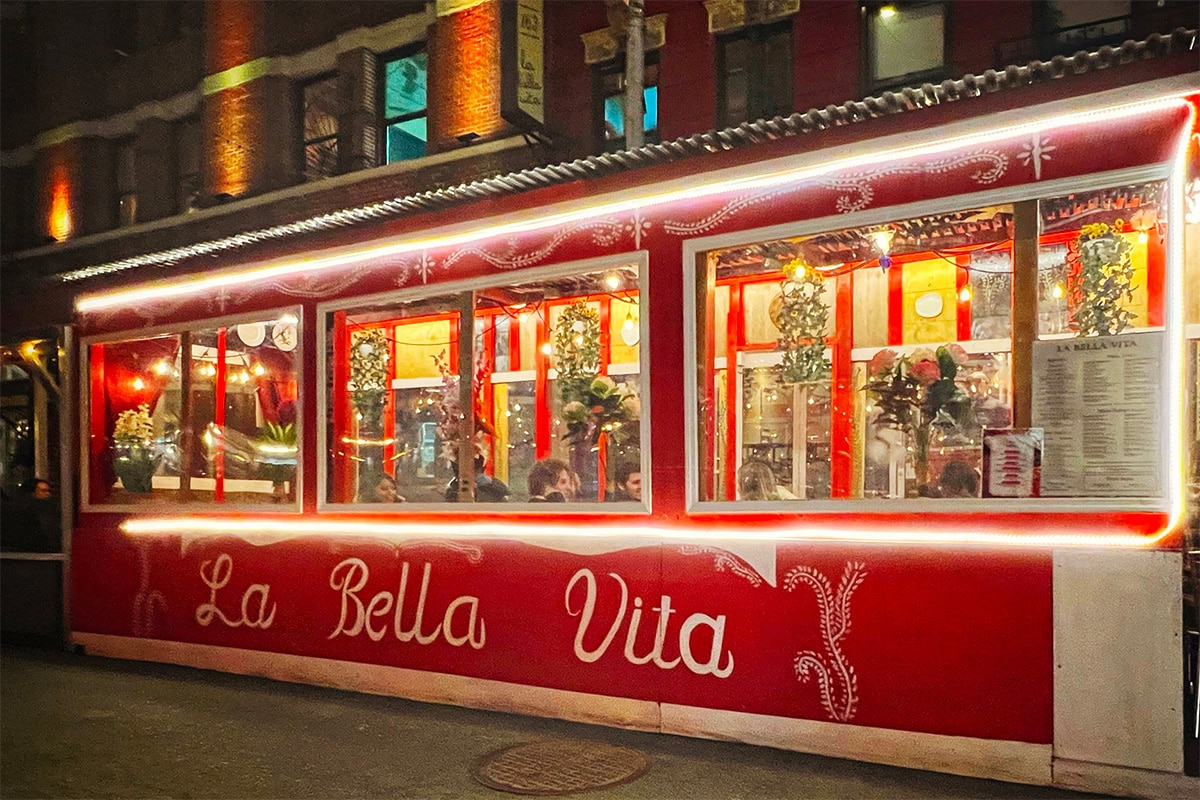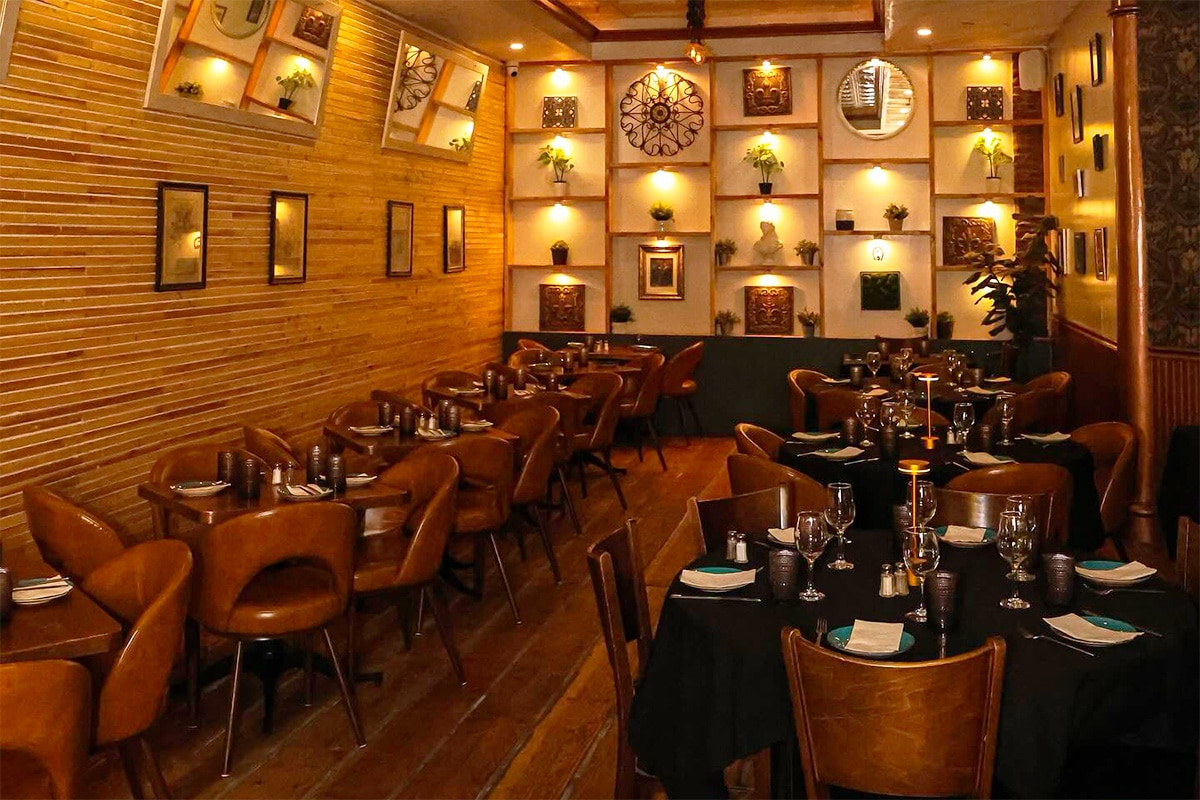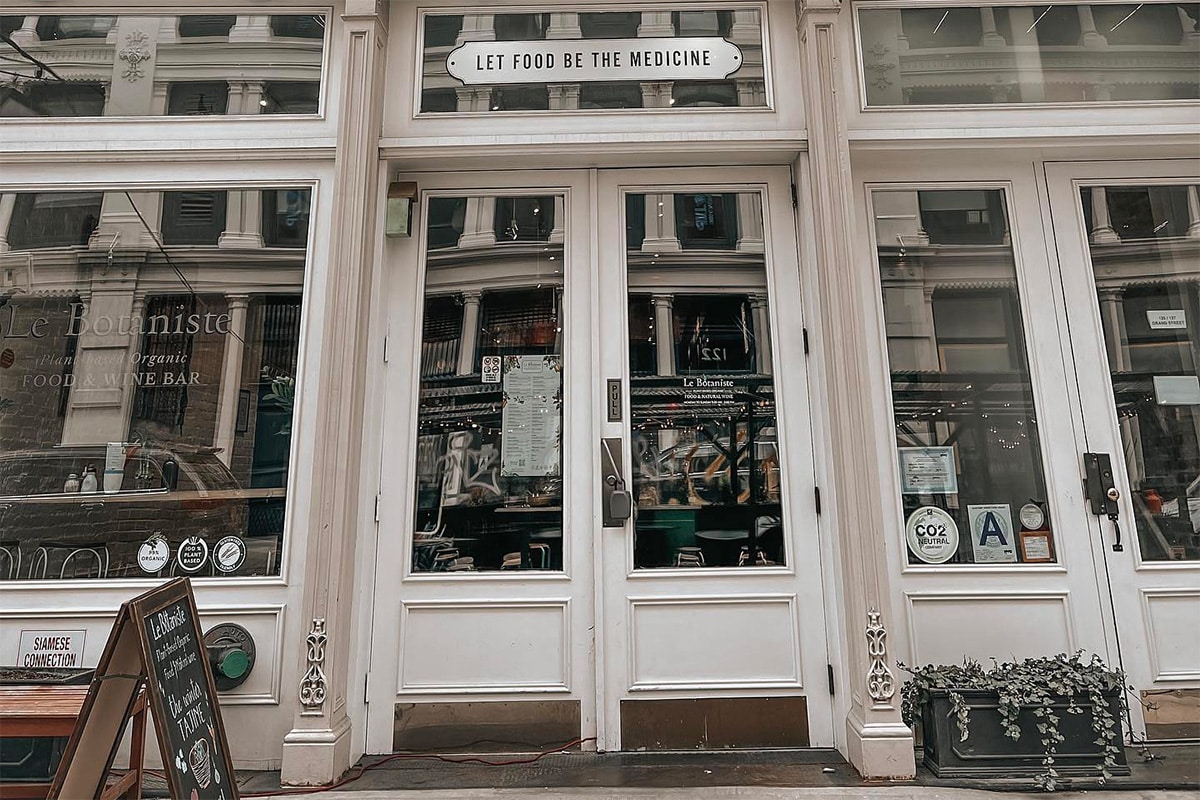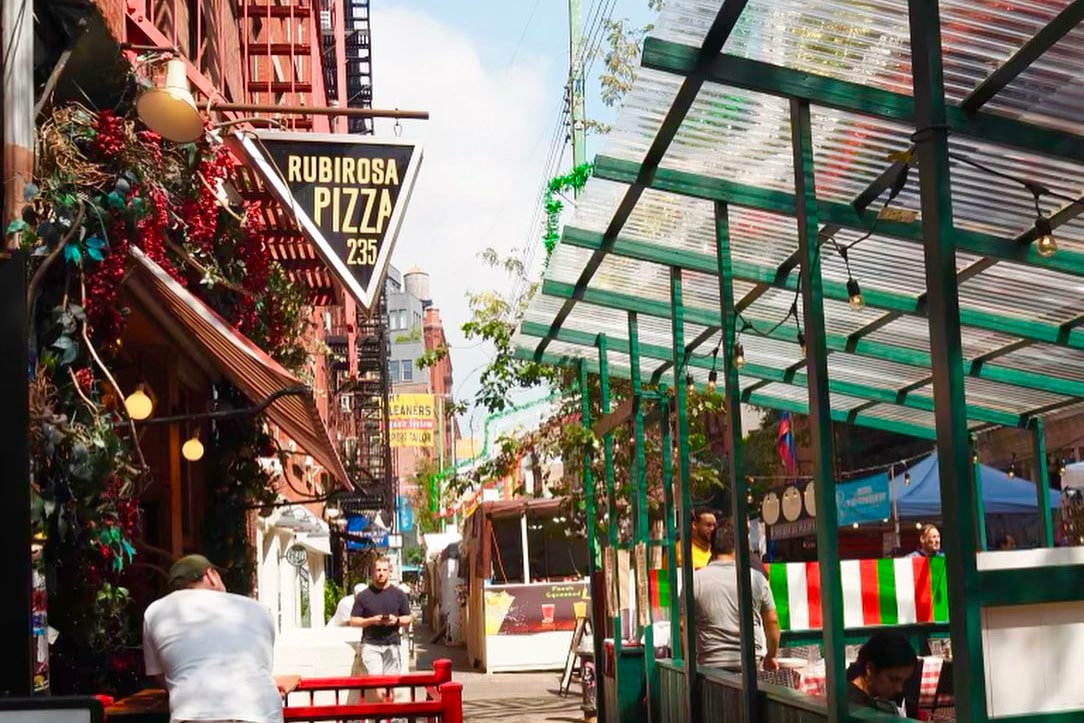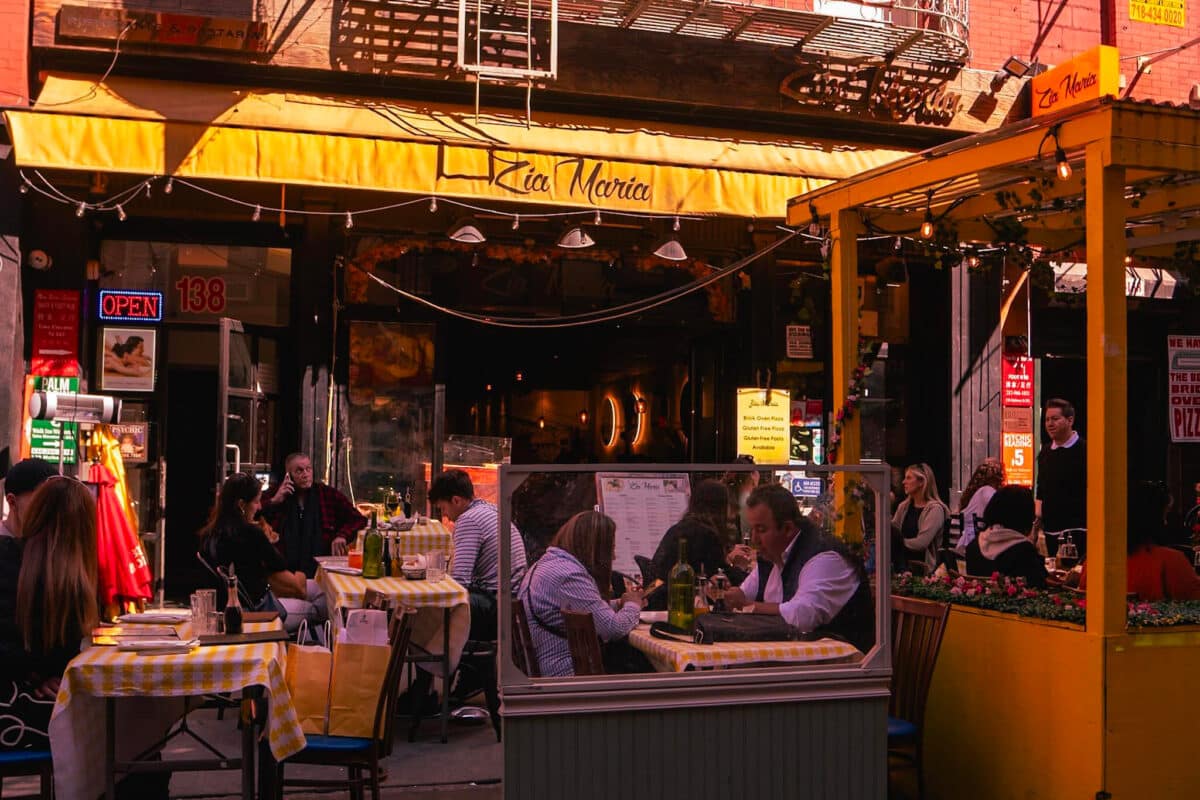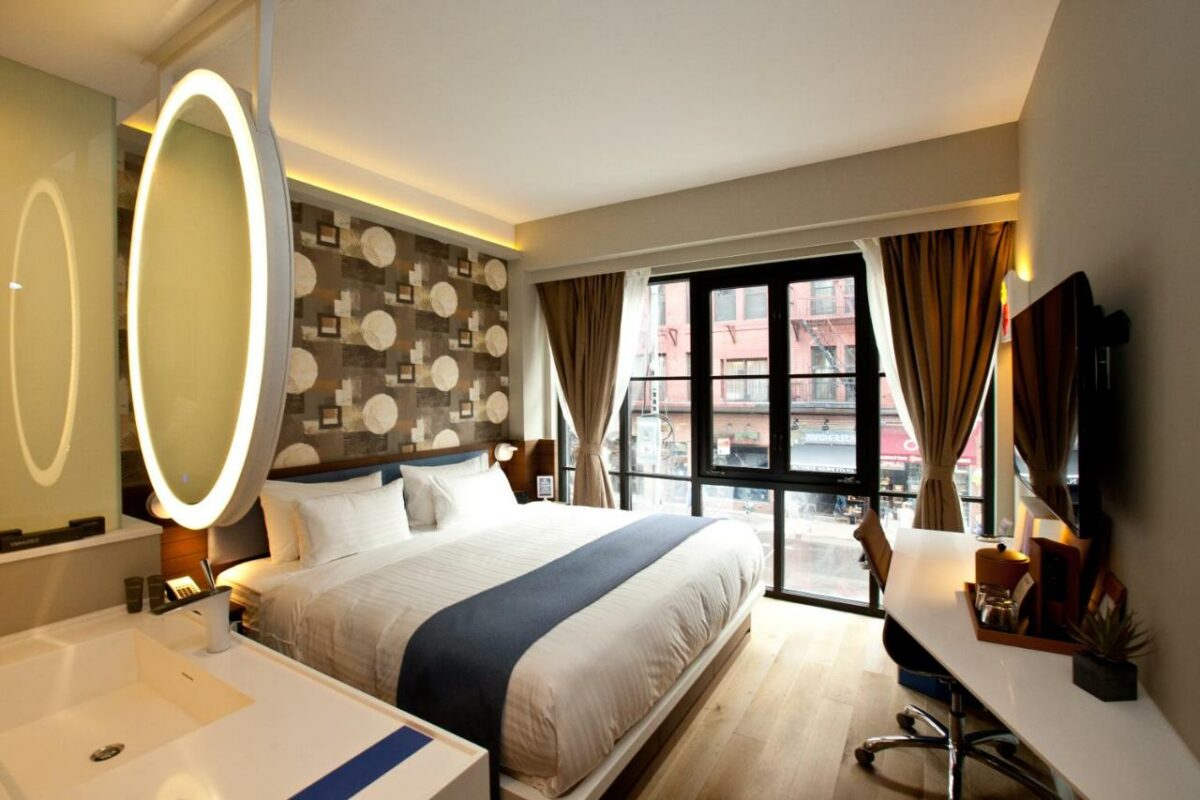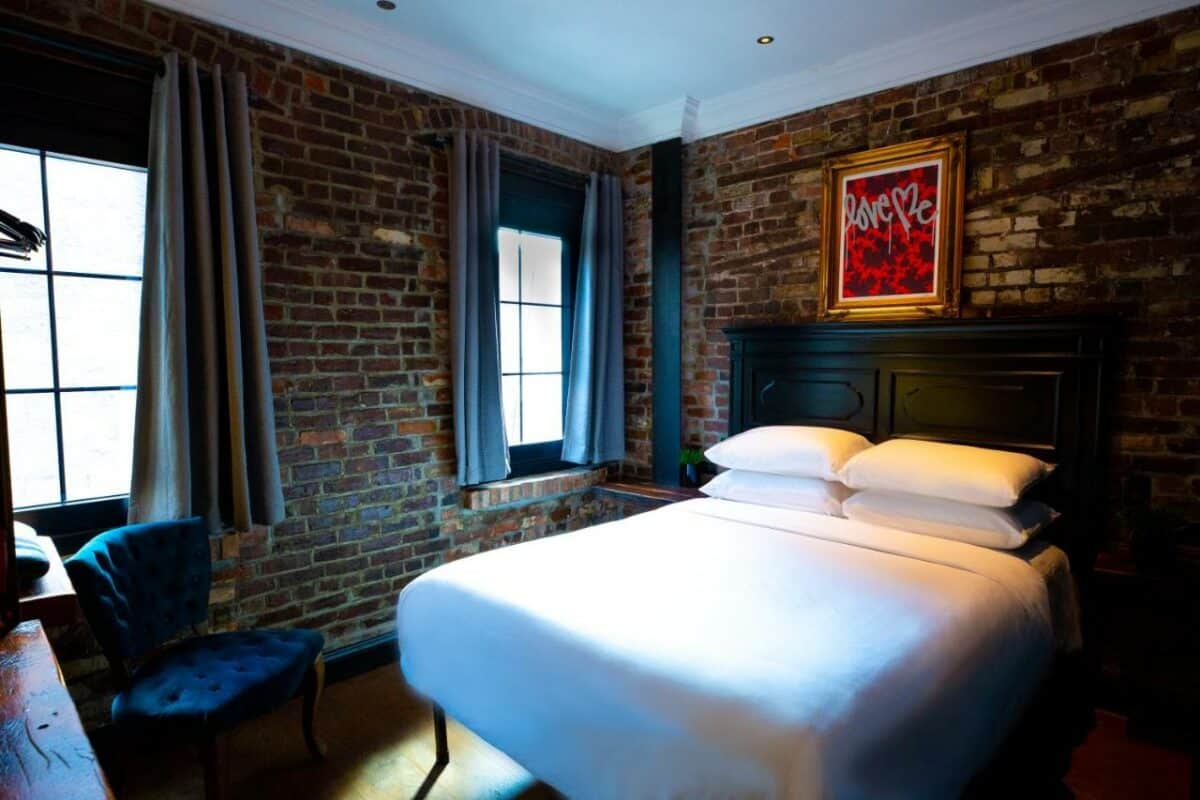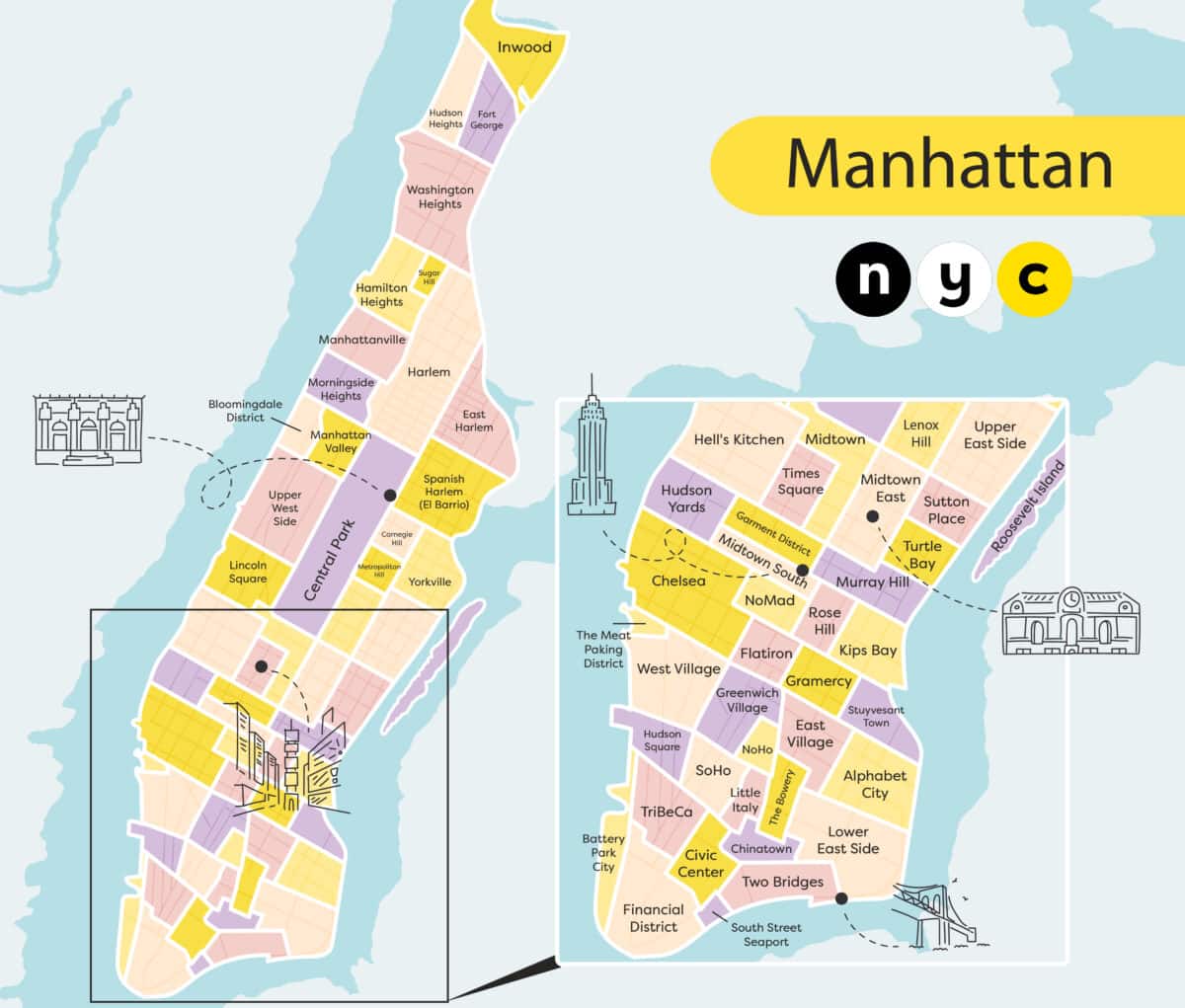Little Italy is one of New York’s most emblematic neighbourhoods, located in the heart of Manhattan between Chinatown and Soho. This historic district, once the centre of the city’s Italian community, is now a tourist hotspot, where you can discover Italian heritage and culture through its cuisine, shops and traditions.
The history of Little Italy
Little Italy‘s history is deeply marked by Italian immigration to New York, which began in the late 19th century. The neighbourhood was formed when thousands of Italians, fleeing poverty and political unrest in Italy, settled on Manhattan’s Lower East Side. At the time, Little Italy was a densely populated area where living conditions were often difficult, with modest, overcrowded flats called tenements. Despite this, the Italians recreated a veritable microcosm of their culture, with familiar grocery shops, restaurants and religious celebrations.

A stroll down Mulberry Street, the district’s main thoroughfare, will show you why Little Italy has remained famous for its traditional festivals, in particular the Festa di San Gennaro, a religious celebration in honour of the patron saint of Naples, which enlivens the district every September. Churches such as St. Patrick’s Old Cathedral, which you can visit, have played a central role in the spiritual life of the Italian community, while small shops and restaurants have helped to maintain a strong Italian identity.
In the twentieth century, the area became infamous for the influence of the Italian Mafia, although the majority of residents led honest lives. Little Italy then went into gradual decline, with many families leaving the area to settle in the suburbs, while nearby Chinatown expanded.
Today, although Little Italy has lost much of its original population, you’ll still find a unique atmosphere, with historic restaurants, cafés and shops that perpetuate the Italian heritage. The neighbourhood embodies the resilience of Italian immigrants and their ability to shape New York’s history, while offering visitors a lively cultural experience.
Visit Little Italy: 20-minute walking itinerary
Here’s an itinerary optimised to discover Little Italy in a day while enjoying the Italian atmosphere and visiting the main places of interest. It includes gourmet breaks and cultural moments while optimising walking distances.
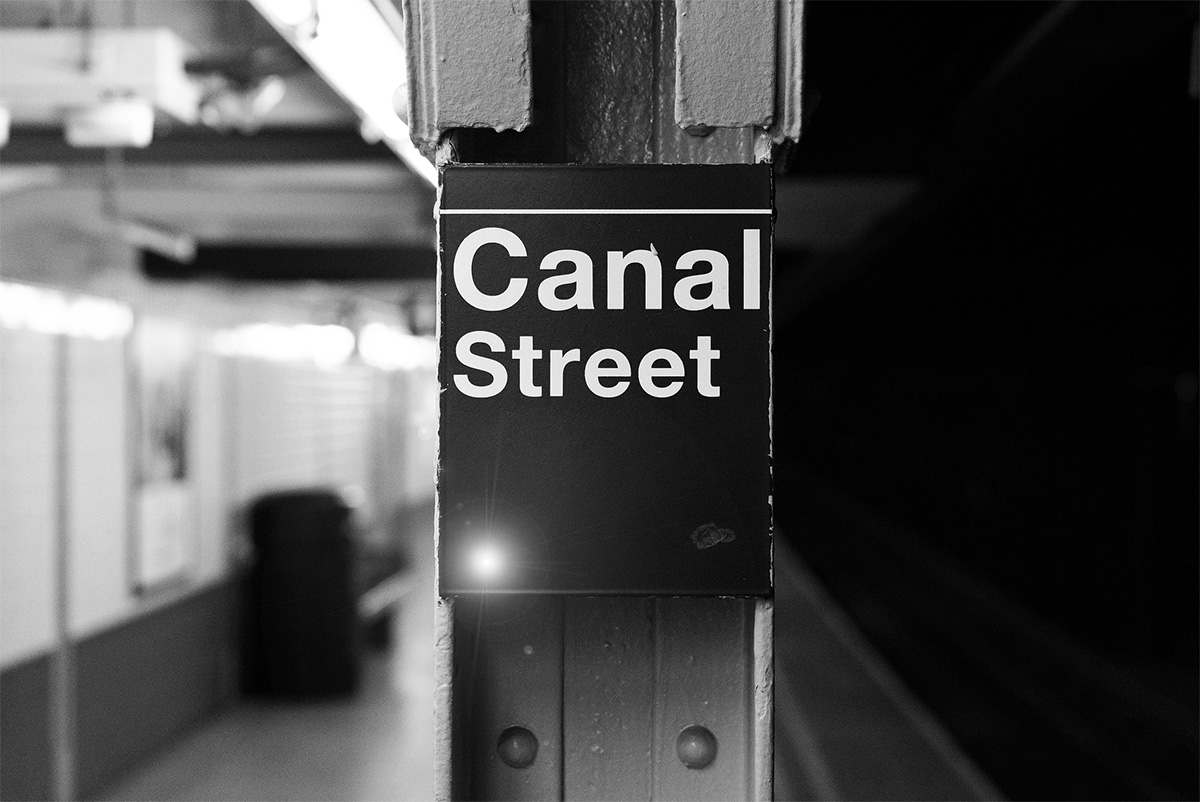
Canal Street
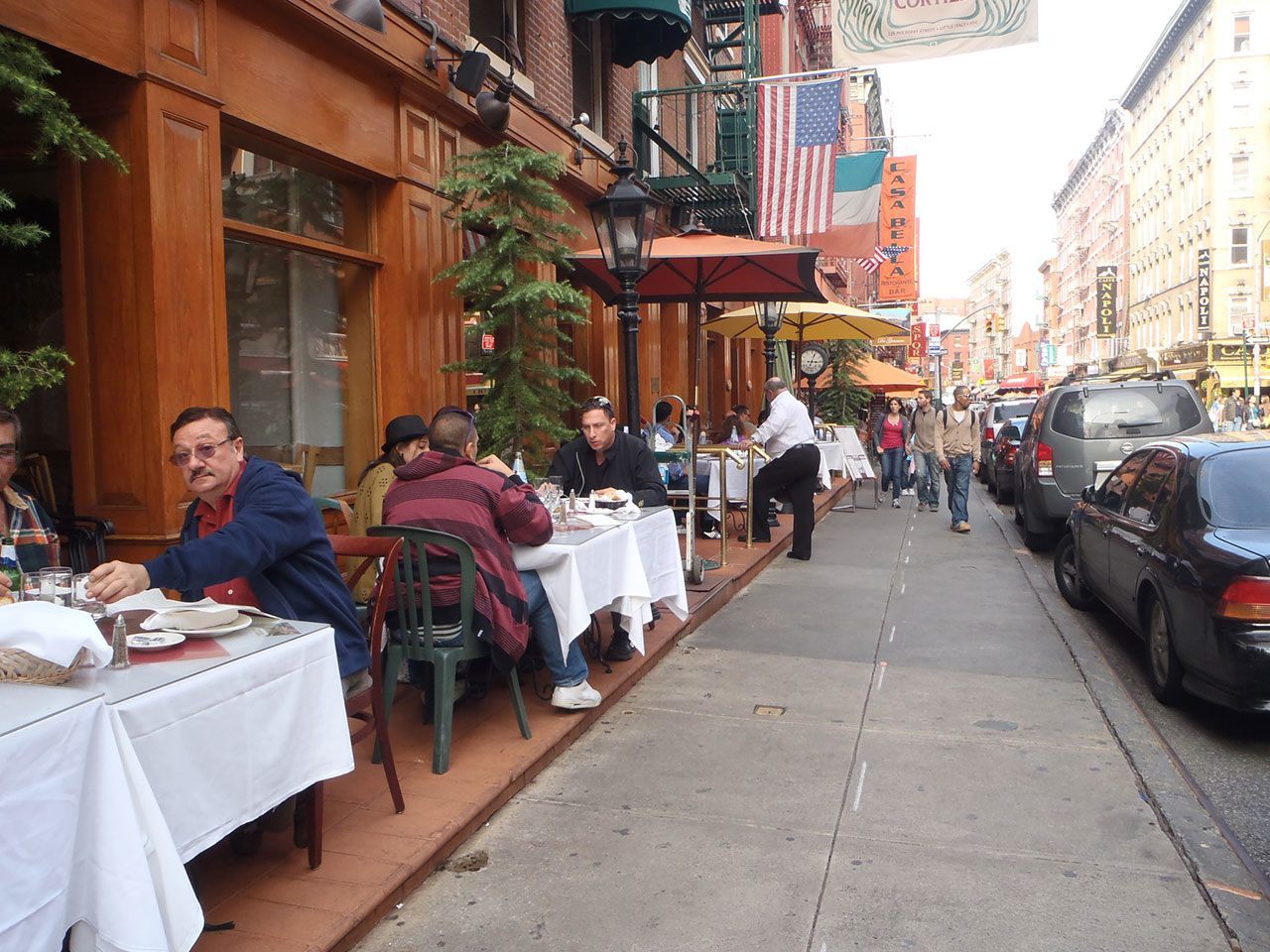
Mulberry Street

Italian American Museum

184 Lafayette St
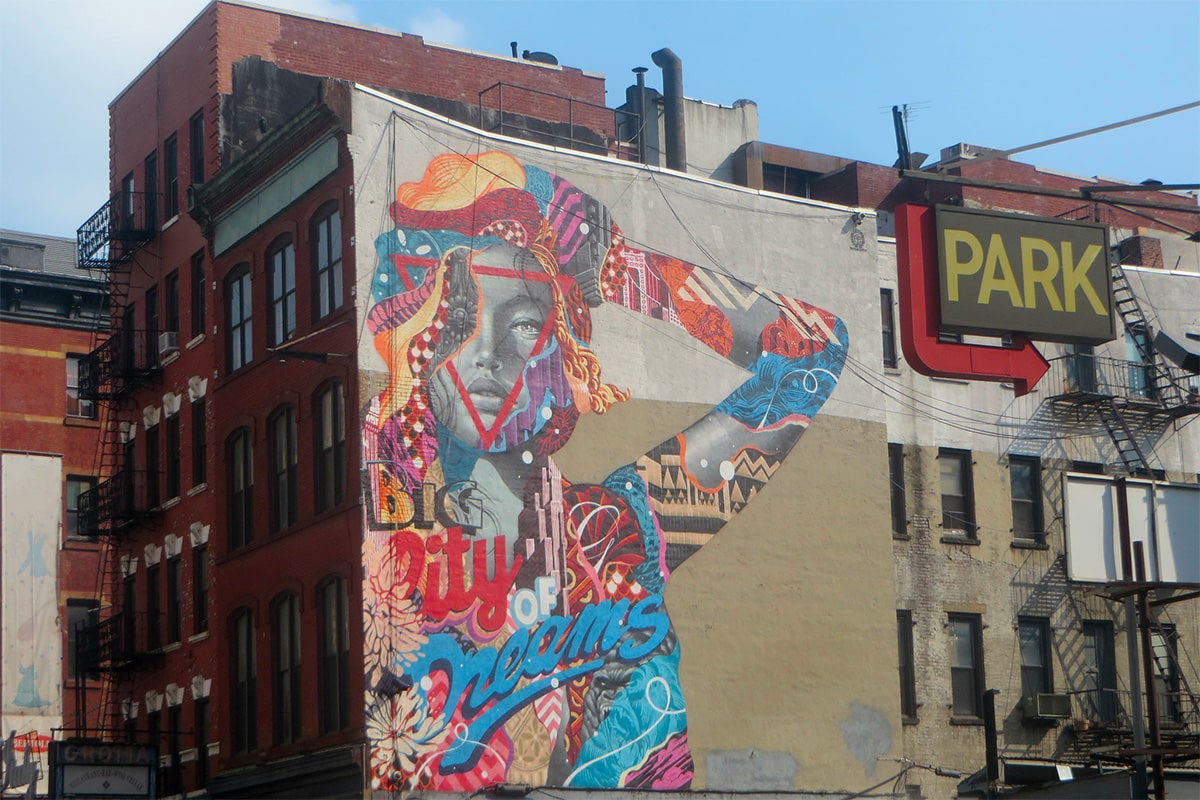
Big City of Dreams

176 Mulberry street
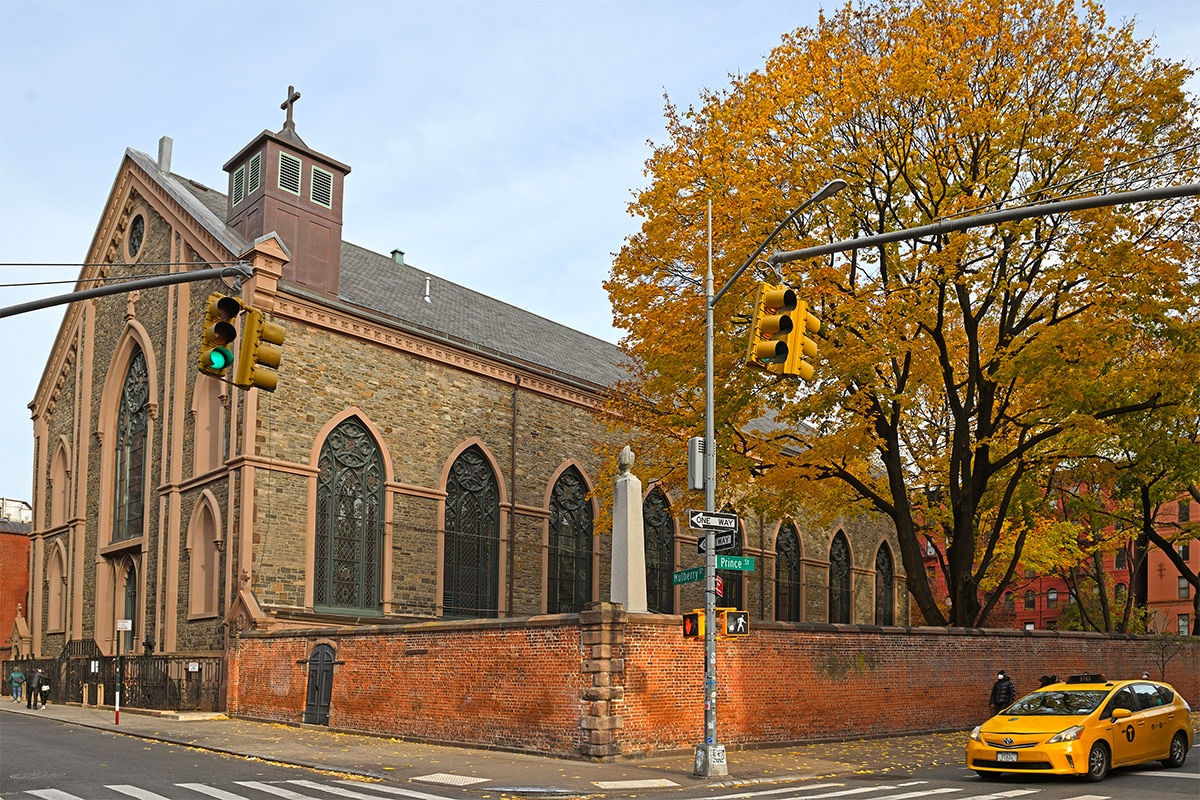
St. Patrick’s Old Cathedral
Where to eat in Little Italy
To eat in Little Italy is to immerse yourself in a true Italian culinary experience right in the heart of New York. Whether you’re a fan of freshly-made pasta, wood-fired pizzas or traditional desserts such as cannoli or tiramisu, the district is full of authentic restaurants and cafés that carry on the Italian tradition.
Strolling along Mulberry Street and the surrounding area, you’ll find establishments that respect recipes handed down from generation to generation, offering a tasty journey through the different regions of Italy. Whether you’re looking for a quick meal or a more elaborate dinner, the atmosphere is warm and welcoming, often enhanced by outdoor terraces where you can enjoy the bustle of the neighbourhood while savouring a typically Italian meal.
6 recommended gourmet stops in Little Italy
Where to sleep in Little Italy?
Sleeping in Little Italy offers a unique experience, right in the heart of a district steeped in history and Italian ambience. Although the area is best known for its restaurants and boutiques, there are a few accommodation options, mainly boutique hotels and short-term rental flats. Prices in Little Italy can vary depending on the season, but tend to be slightly more affordable than in more touristy areas such as Times Square or Central Park, while remaining relatively high given the central location.
Little Italy enjoys excellent proximity to several underground lines, including Canal Street (lines 6, J, N, Q, R, Z) and Spring Street (line 6), making it easy to travel to other parts of Manhattan. The area is also ideally located close to Soho and Chinatown, allowing you to explore these areas without having to make long journeys. For those wishing to explore the city on foot, it’s easy to get to the neighbouring districts and enjoy a more authentic and less frenetic atmosphere than in the very touristy areas.
2 recommended hotels in Little Italy
Neighbourhoods near Little Italy

